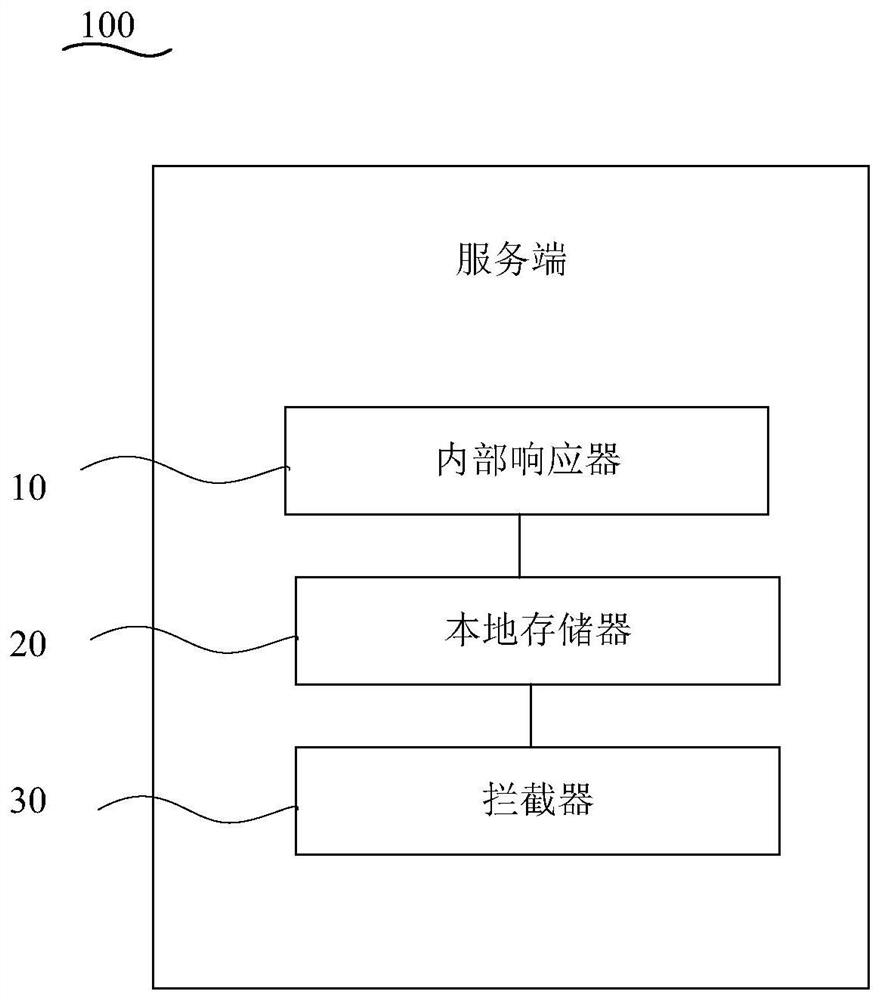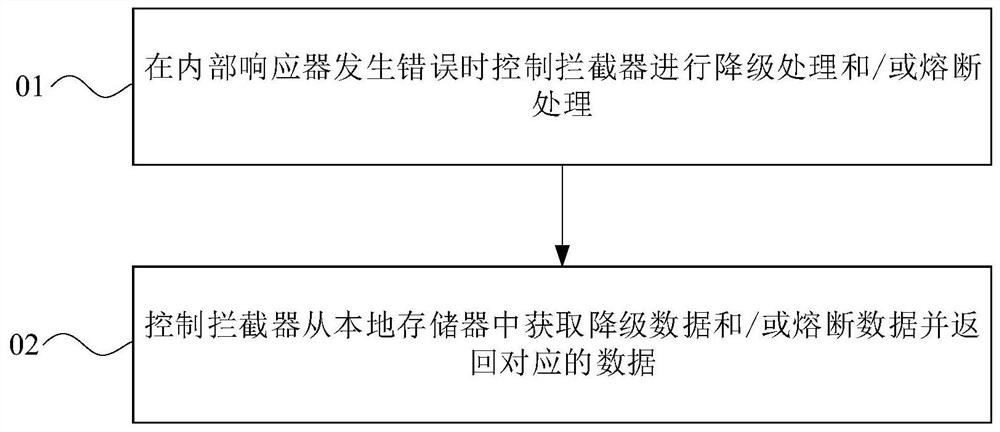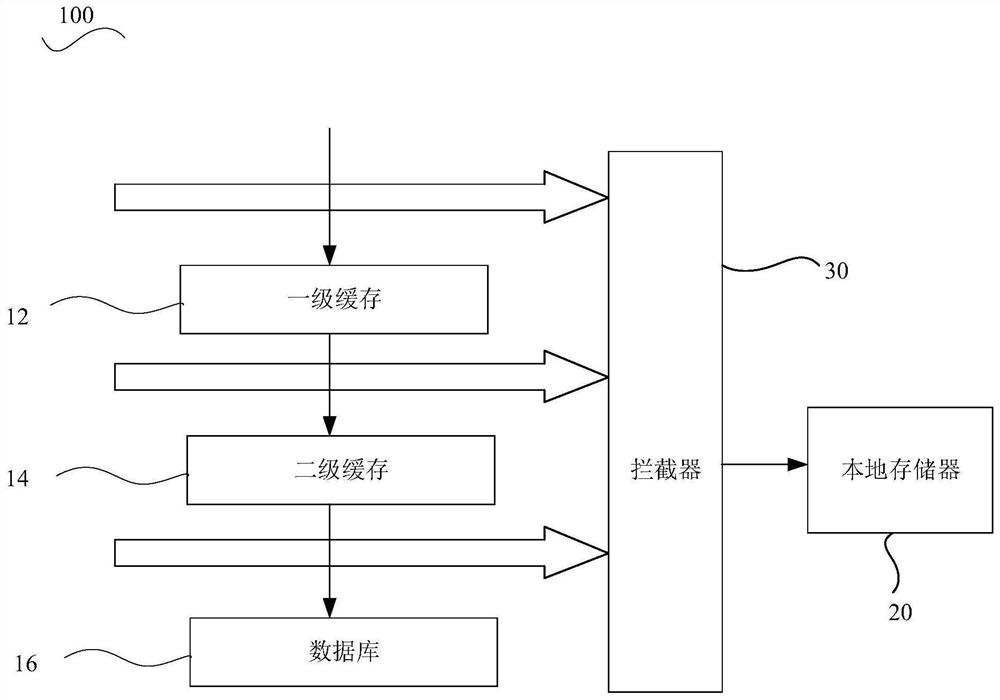Server and control method thereof
A server-side and client-side technology, which is applied in the field of data processing, can solve problems such as the incomplete circuit breaker downgrade mechanism and the failure of the server side, so as to ensure normal operation
- Summary
- Abstract
- Description
- Claims
- Application Information
AI Technical Summary
Problems solved by technology
Method used
Image
Examples
Embodiment Construction
[0012] Embodiments of the present application are described in detail below, embodiments of which are illustrated in the drawings, wherein the same or similar reference numerals represent the same or similar elements or elements having the same or similar functions throughout. The embodiments described below by referring to the figures are exemplary, are only for explaining the present application, and should not be construed as limiting the present application.
[0013] Please also refer to figure 1 and figure 2 , the control method of the embodiment of the present application is used to control the server 100, the server 100 includes an internal responder 10, a local storage 20 and an interceptor 30, the internal responder 10 is used to respond to the request; the local storage 20 is used to store degraded data and / or fuse data. Control methods include:
[0014] 01: Control the interceptor 30 to perform degradation processing and / or fusing processing when an error occurs...
PUM
 Login to View More
Login to View More Abstract
Description
Claims
Application Information
 Login to View More
Login to View More - R&D
- Intellectual Property
- Life Sciences
- Materials
- Tech Scout
- Unparalleled Data Quality
- Higher Quality Content
- 60% Fewer Hallucinations
Browse by: Latest US Patents, China's latest patents, Technical Efficacy Thesaurus, Application Domain, Technology Topic, Popular Technical Reports.
© 2025 PatSnap. All rights reserved.Legal|Privacy policy|Modern Slavery Act Transparency Statement|Sitemap|About US| Contact US: help@patsnap.com



